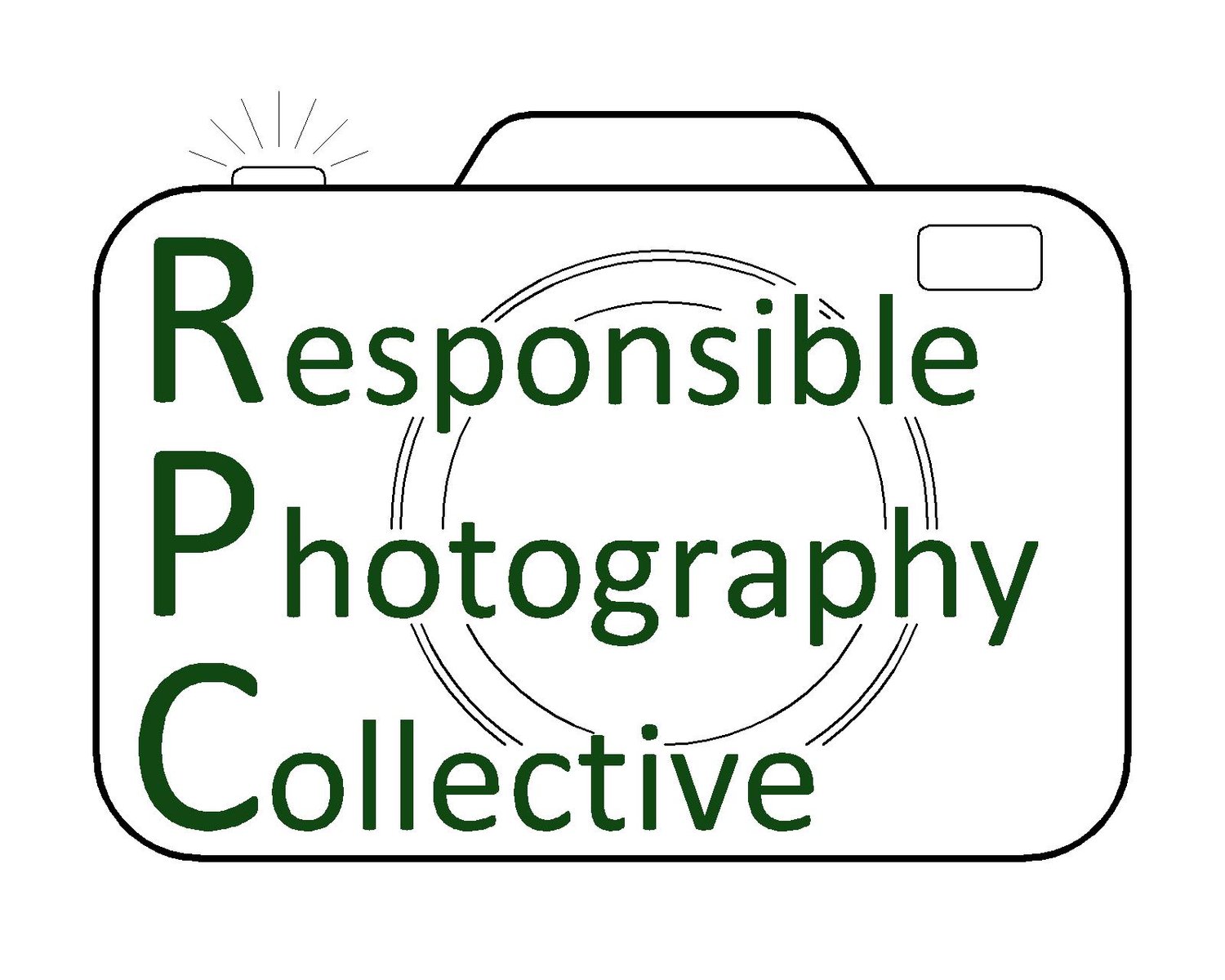The Ethics of Photographing Volunteers: Respect, Consent, and Storytelling
March 30, 2025 Written by Heather Valey
Volunteers mechanically removing invasive plants in Austin,Texas - organized by Travis Audubon - photo by Heather Valey 2018
Photographing volunteers can be a powerful way to showcase the heart of an organization, highlight meaningful work, and inspire others to get involved. However, capturing these moments comes with ethical responsibilities. Volunteers give their time and energy freely, often driven by a passion for a cause. As photographers, we must honor that commitment by ensuring their dignity and privacy are respected.
1. Get Consent
Before taking any photos, ask for permission—every time. Even if volunteers have signed a general photo release, it’s best to ask again, especially when capturing intimate or emotional moments. Explain how the photos will be used and provide an opportunity for them to opt out. Verbal consent goes a long way toward building trust. If they say “no”, honor that.
Tip: If possible, offer a quick review of the photos to ensure the volunteer is comfortable with how they are portrayed.
Volunteers mechanically removing invasive plants in Austin,Texas - organized by Travis Audubon - photo by Heather Valey 2018
2. Be Mindful of Context and Vulnerability
Consider the context in which you’re photographing. Volunteers working with vulnerable populations—such as children, the elderly, or those experiencing hardship—deserve extra sensitivity. Avoid images that could unintentionally exploit or misrepresent the people involved. Instead, focus on capturing moments that convey empowerment and compassion. I have had people I’ve photographed ask me to delete a photo because they felt it would not send the right message. If you get asked to do this, always comply.
3. Avoid Tokenism or Stereotyping
When volunteers are part of diverse communities, it’s important not to reduce their presence to a token gesture. Authentic representation means capturing the full spectrum of volunteer experiences, showing the diversity of people contributing to the cause. Highlight genuine interactions and moments that reflect their commitment, not just a curated snapshot.
4. Tell the Full Story
Photographs can shape perceptions. Be mindful of the story your images tell. Are you portraying volunteers as active agents of change, or are they framed as passive observers? Highlight their contributions and the impact of their work rather than emphasizing hardship or pity. Ethical storytelling means reflecting the complexity and humanity of everyone involved.
Volunteer removing invasive Russian Olive along the Big Thompson River in Loveland Colorado - photo by Heather Valey 2024
5. Share with Care
When taking photos ask volunteers if they want their names to be in the captions. I find many times they do not if it is not in direct context with the organization they are volunteering for. This is an important thing to know before you share them.
Once the photos are ready, think carefully about how they will be shared. Volunteers should know where and how their images might appear—whether in promotional materials, on social media, or in annual reports. Providing them with access to the images can also be a meaningful way to show appreciation.
Volunteers from a local wildlife rehabilitation facility showing off an eastern screech owl and at an event at the Balcones Canyonlands Wildlife Refuge in Lago Vista, Texas - photograph by Heather Valey 2016
Final Thoughts
Photographing volunteers is about more than capturing moments—it’s about honoring their commitment and respecting their privacy. By approaching this work with empathy and integrity, we can create visuals that celebrate the spirit of volunteerism while upholding the dignity of those who give so much.




